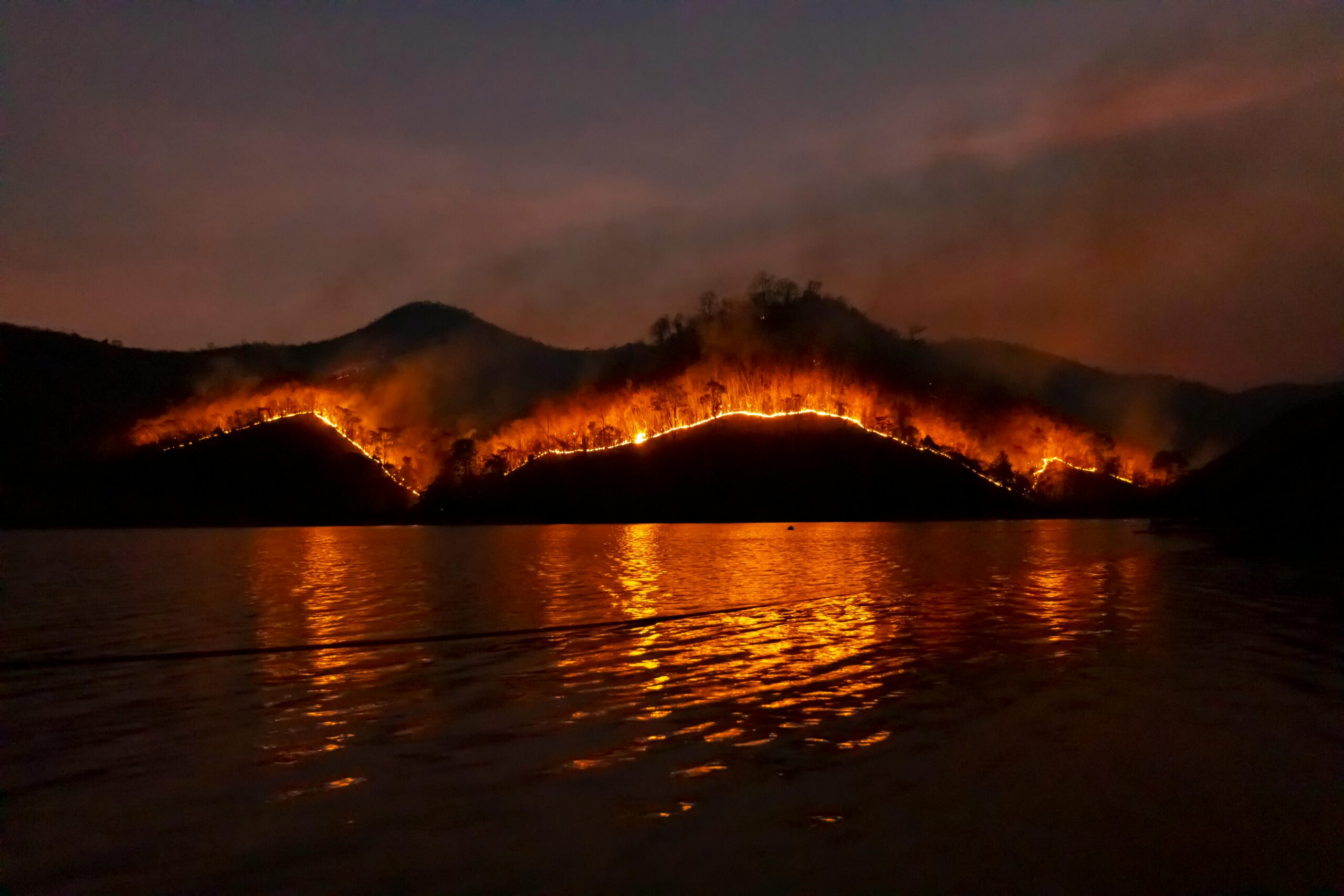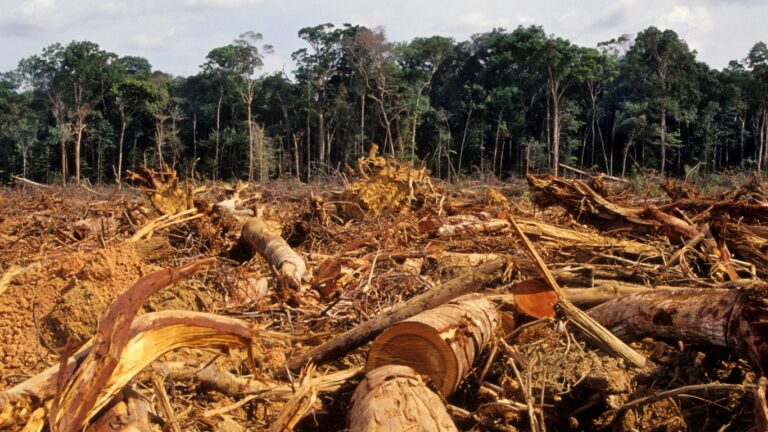Canada’s forests are disappearing

Canada just had its worst year for wildfires in modern history. According to the Canadian Interagency Forest Fire Center, over 71,400 square miles of the country were consumed by wildfire in 2023 – more than the entire land area of New England, and more than double the previous record set in 1989, when 28,500 square miles of Canada were destroyed by fire.
Every year, the Canadian wildfire season runs from May through October, and every year, some level of wildfire destruction is a virtual certainty. Over the 10 years ending in 2022, an average of 10,744 square miles of the country were impacted by fire annually. The damage reported in 2023 exceeded the 10-year average by nearly 570% – and by over 2,200% and 3,100% in Nova Scotia and Quebec, respectively.
While no province was spared from last year’s fires, some parts of the country were hit much harder than others. In terms of total land area impacted, Quebec reported the most damage, with nearly 20,100 square miles burned. Proportionally, the Northwest Territories saw the most destruction. There are an estimated 283,245 square miles of forested land in the Northwest Territories, and fire damage impacted the equivalent of nearly 15% of the territories’ woodland. Alberta and Saskatchewan were not far behind, with fires consuming an area equal to more than 9% of forested land in both provinces.
Knock-on effects from the historic 2023 wildfire season were felt far outside the country’s border. Smoke and polluted air created by the fires traveled hundreds of miles and put 100 million Americans across 16 states under air quality alerts. In June of last year, pollution linked to the wildfires pushed the Air Quality Index up to a record-high of over 450 out of 500 in New York City. An AQI above 300 is deemed hazardous by the Environmental Protection Agency, and poses potential health risks to virtually everyone.
Canada’s 2023 wildfire season was so far beyond what is considered normal, it could be written off as an anomaly. It may also be a preview of what’s to come.
While it is difficult to link any single wildfire event to climate change, a warming planet will only increase the likelihood of such catastrophic events. Higher temperatures draw more moisture from the soil at faster rates – and the drier the land, the greater the wildfire risk.
According to government estimates, temperatures in the population centers of the provinces and territories most impacted by the 2023 wildfires will likely rise in the coming decades. Even if global emissions are controlled moderately, by the end of the century, average annual temperatures are projected to climb by 8% in Calgary, Alberta, 10% in Saskatoon, Saskatchewan, and 9% in both Montreal, Quebec and Yellowknife, Northwest Territories. If carbon emissions continue to rise unchecked, however, average temperatures in these places are projected to rise by anywhere from 21% to 36% before 2100.
Without global buy-in on sound emissions reduction policies, 2023 may not rank as Canada’s worst wildfire season for long.

Sponsor
Find a Vetted Financial Advisor
- Finding a fiduciary financial advisor doesn't have to be hard. SmartAsset's free tool matches you with up to 3 financial advisors that serve your area in 5 minutes.
- Each advisor has been vetted by SmartAsset and is held to a fiduciary standard to act in your best interests. Get on the path toward achieving your financial goals!
More from ClimateCrisis 247
- Where Americans Will Leave Due To Climate Change
- Bill Gates Says Climate Money Is Wasted
- Climate Change To Cause Three Feet Of Rain In Jamaica
- 21 Houses Collapse Into Atlantic






